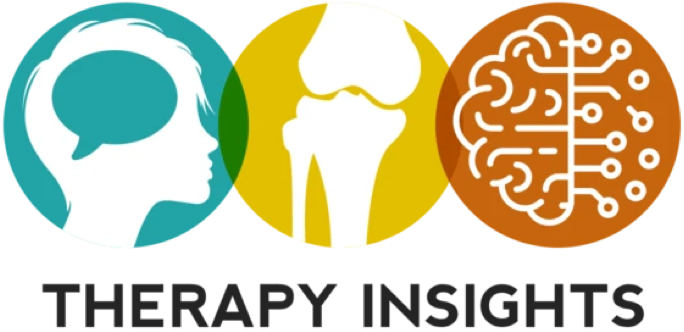Apple Accessibility Features for Hearing Impairments
January 31, 2022 by Megan Berg.
Technology can be a wonderful thing, but often a person does not know how to make technology more accessible for a person with impairments. This material provides details regarding accessibility features and accommodations for a person with hearing impairments using Apple devices and includes instructions for setup.
